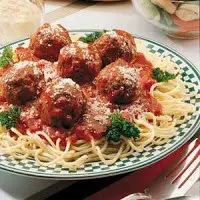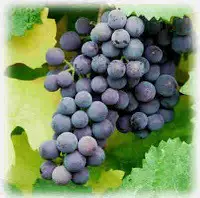 I strongly believe that Microbiology is the most interesting subject, blended
with many interesting funny small creatures which are invisible to
naked eyes of humans. The world of these tiny organisms is very big,
dynamic, most interesting and sometime invincible.
I strongly believe that Microbiology is the most interesting subject, blended
with many interesting funny small creatures which are invisible to
naked eyes of humans. The world of these tiny organisms is very big,
dynamic, most interesting and sometime invincible.
The colony they formed in the culture media may remind you the
beautiful scenery you have ever encountered. If you start to know these
organisms, you will just fall in love with these tiny creatures and will
have enduring passion to know the world these organisms.
Microbiology is interesting subject because our founding father and mother are the cool people ever born in earth.
What ever nasty the microbial specimen: they give it very cool term. When they saw the voluminous diarrhea produced during the Vibrio cholerae infection first time, they termed it as “Rice watery stool” .
We Microbiologist are the lovers of foods since ancient time.
Before the Microbiology term used, people used to enjoy sipping wines
(som ras: the product of Microbial fermentation). As the time went on,
different branches of Microbiology evolved.
In this blog post I am writing some interesting food terminology which are used to describe microbial pathogens/ specimens.
Drumstick shaped: Certain species of Clostridium that bears terminal spore appear as drumstick shaped under microscope. Clostridium tetani,
a gram positive obligate anaerobe which is the causative agent of
tetanus, bears spores which are spherical, terminal and twice the
diameter of vegetative cells. This gives drumstick appearance while
viewing under microscope.
- Coffee-bean-shaped cocci: Neisseria gonorrhoeae (the causative agent of Gonorrhoea) and Neisseria meningitides (agent of meningitis) looks like coffee bean shaped (Two coffee bean kissing each other/ or some says like a kidney) in gram stained smear. They are gram negative intracellular diplocci.
-
-
Banana shape: The gametocytes of P. falciparum are cresent shaped (“banana-shaped”), whereas those of the other plasmodiae are spherical. The trophozoites (tachyzoites) of Toxoplasma gondii also has cresent shape.
- Grape like clusters: S. aureus is a gram positive cocci which appears as grape like clusters.
-
Lemon shape: The ovum of Trichuris trichiura is barrel shaped (“lemon shaped“) with a mucus plug at each end. It is a nematode which causes diarrhea, if infections is heavy, Trichuris may also cause rectal prolapse in children.
-
Pear shape: The trophozoite of Giardia lamblia is “pear-shaped” with two nuclei, four pairs of flagella and a suction disk.
-
- Meat ball like appearance of Tinea versicolor
Sphagetti and meat ball like appearance: Tinea versicolor
is a relatively common skin infection that causes your skin to have
patches of light colored skin, due to damage of melanocytes in your
skin. Malassezia furfur, a funny-sounding fungus that can be diagnosed by its “spaghetti-and-meatball” appearance on a KOH preparation.
Rice watery stool: Voluminous diarrhea produced during Vibrio Cholerae infection
Rice watery stool: Voluminous diarrhea produced during Vibrio Cholerae infection





0 Comments:
Post a Comment